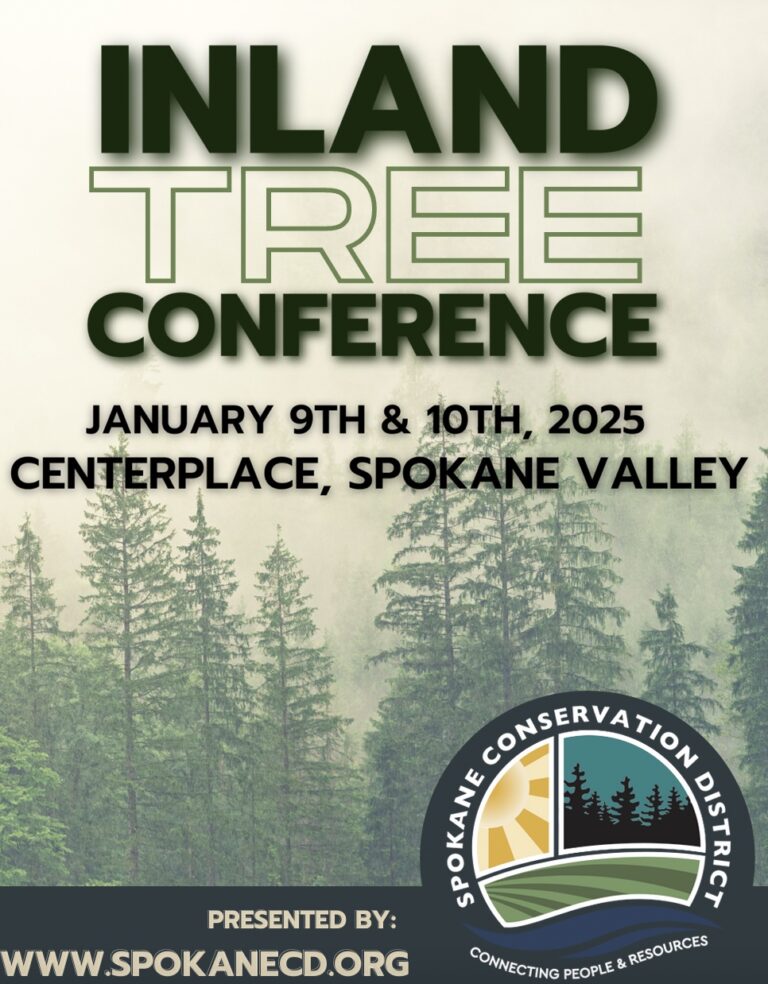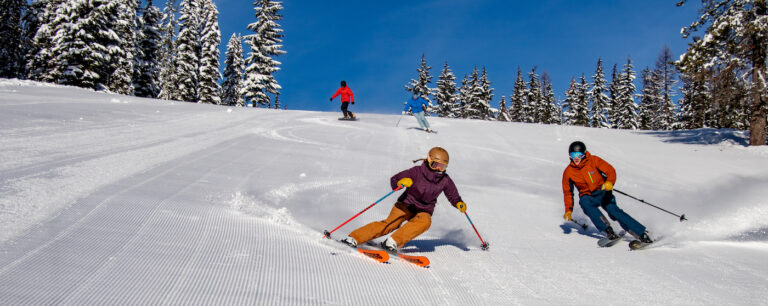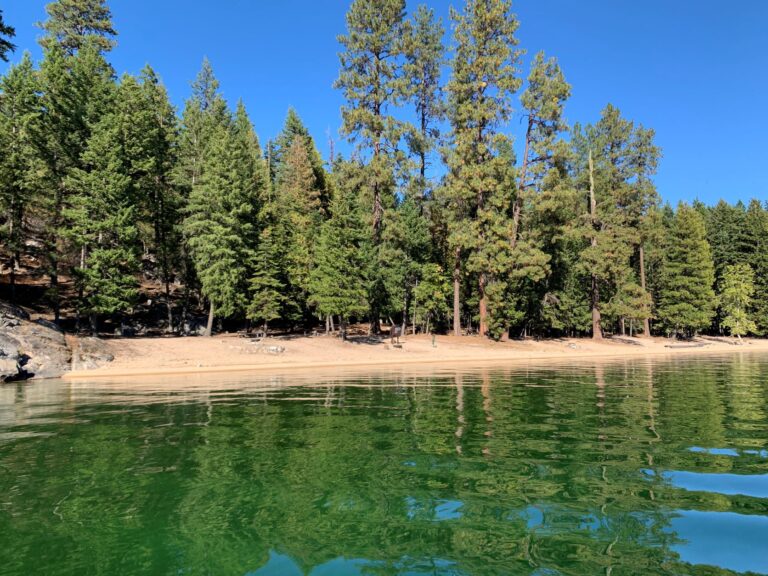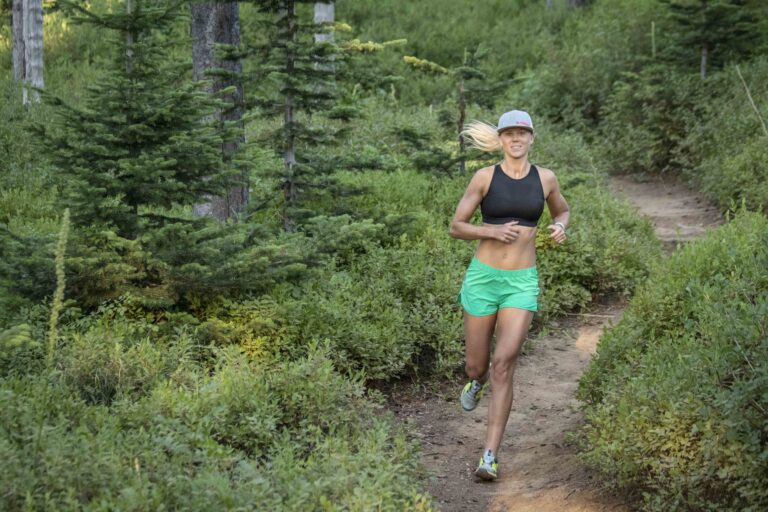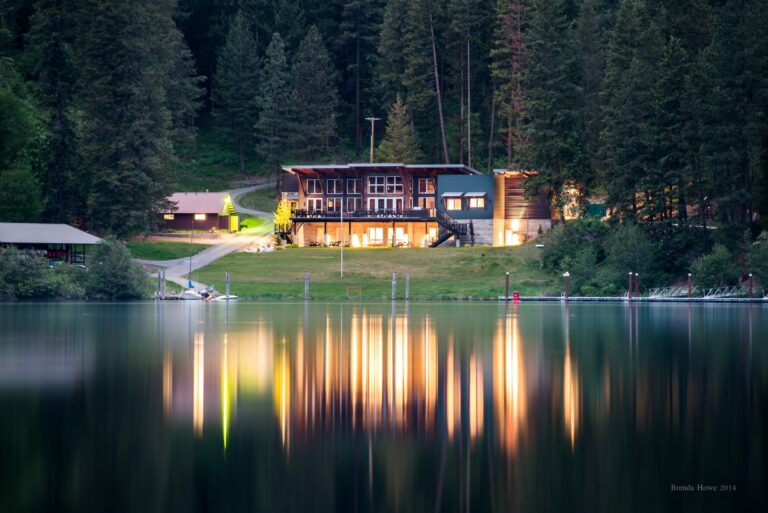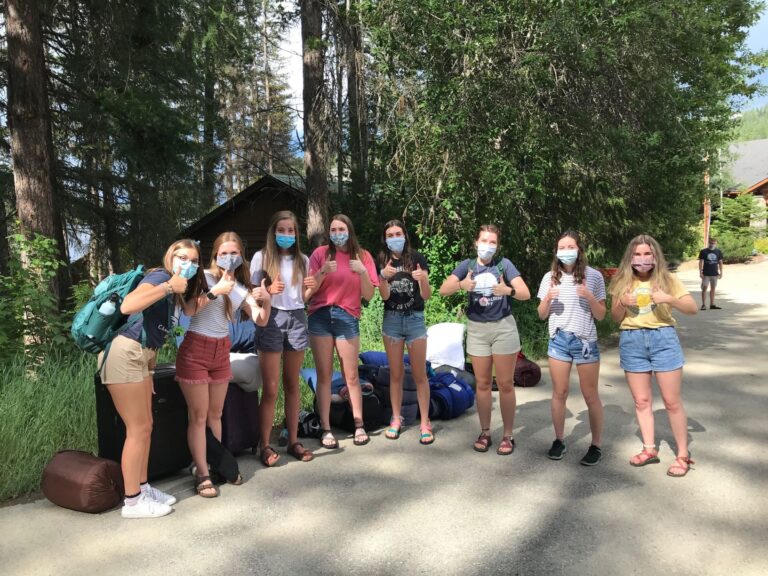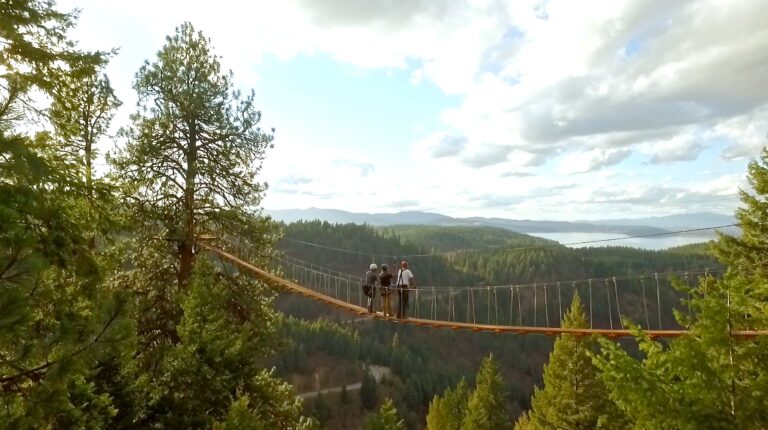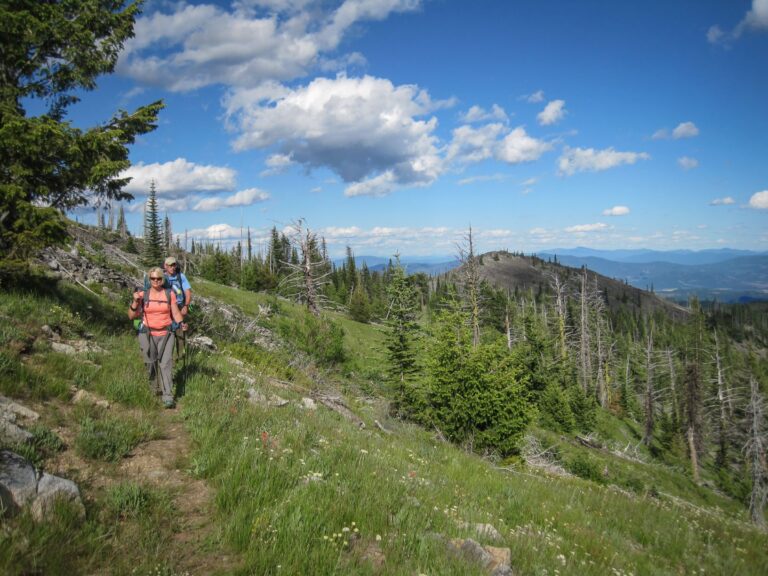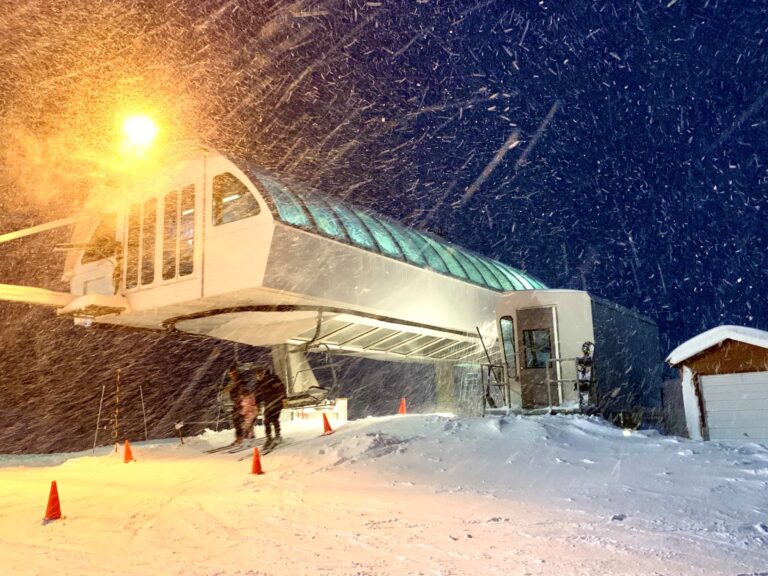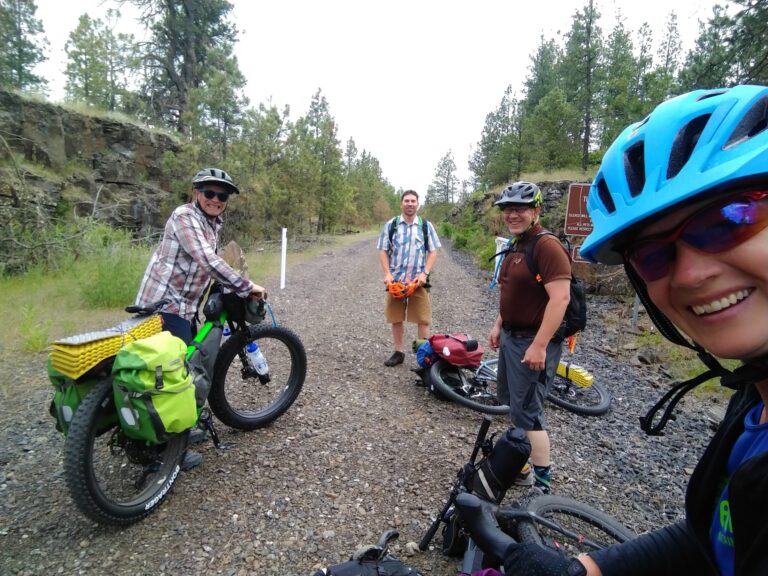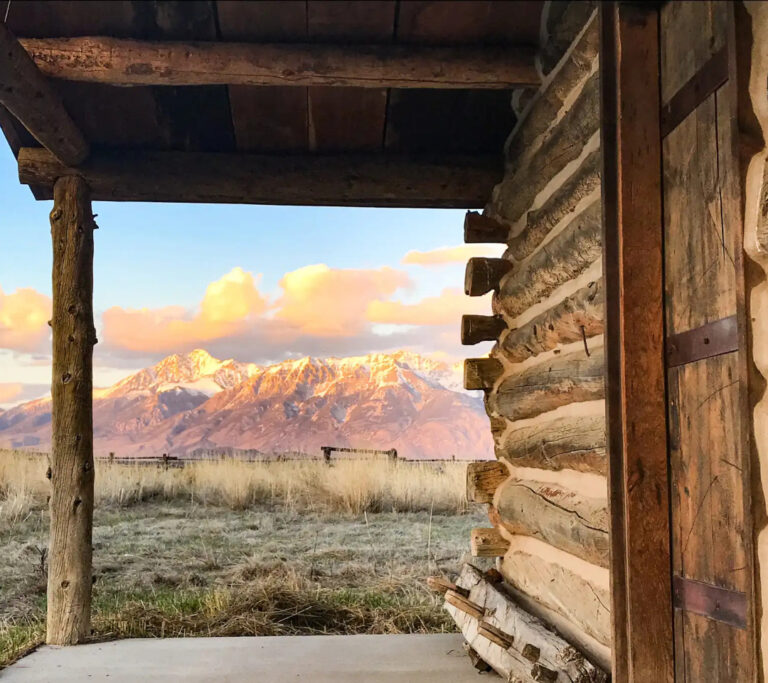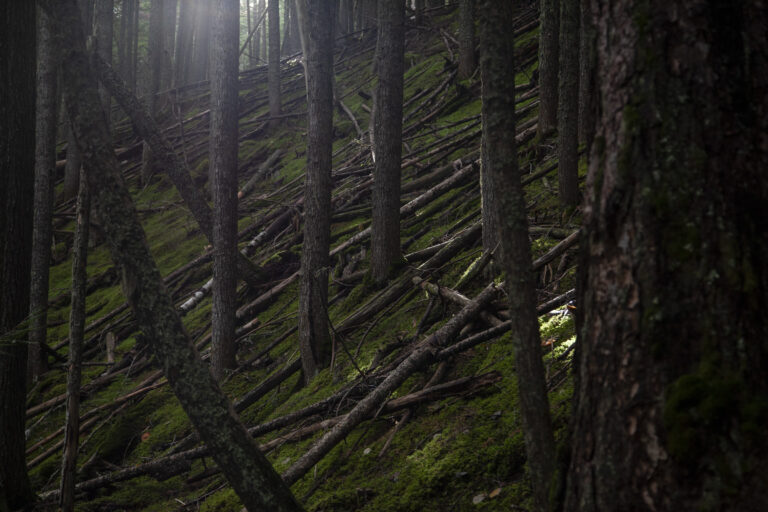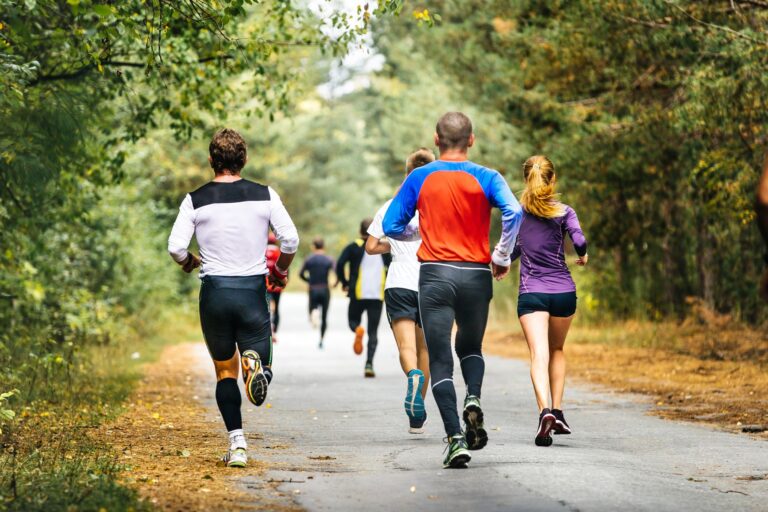By Justin Skay
One of the most serene and satisfying late winter or early spring exploits is a soothing soak in one of the dozens of hike-in hot springs dotting our region within a few hours’ drive. One of the most delightful ways to reach them, and at times the only way come early spring, is on snowshoes.
Natural hot springs, in addition to being hot, which can itself be soothing since warm water immersion induces endorphin production, can also contain chemicals known to promote feelings of serenity and contentment, like lithium, magnesium, and sulfur. A hot soak paired with some moderate exertion required to access it, may elicit a dopamine response equivalent to hang gliding in the Alps. I can’t say personally, but it may. I can say that it will require a tiny fraction of the gear and training.
Once prepared, where can you find these geothermal gems, and what kind of hiking or snowshoeing adventures may await you en route? Below are a few hikes to get you started. The Pacific Northwest is replete with soaking options, each offering a unique and wondrously relaxing experience. Remember, conditions change rapidly, so always consult recent trail reports and check the weather before heading out.
Gearing Up
Depending on the snow conditions and rules at the hot spring, you may need little more (or a little less) than a bathing suit to soak and some snowshoes, hiking boots (with or without the addition of traction devices like Yaktrax), and possibly some trekking poles to get you there. Snowshoes are the footwear of choice in fresh powder and soft or unconsolidated snow, and are the savior of trips when post-holing for miles might prevent you from reaching your destination comfortably, or at all, in limited spring-month light.
Snowshoes are relatively inexpensive and fairly easy to master, the primary concern being maintaining a wide stepping stance so you don’t trip on your own feet. This feels unnatural at first, but after a few falls you’ll channel your inner zombie and widen your base to achieve a kind of rigid, awkward, lilting stability. To maximize enjoyment, select the correct size snowshoe for your weight. If you’re sure no snow awaits you on your path, boots shold suffice. Other recommended gear include a backpack with a towel, dry clothing, plenty of water (soaking, though the opposite of physical exertion, can dehydrate you through imperceptible heavy sweating), snacks, first aid kit, trekking poles for balance, and a headlamp in case you end up racing sundown. It’s easy to lose track of time during a meditative soak, so make sure you leave enough daylight to return to your car or campsite safely.
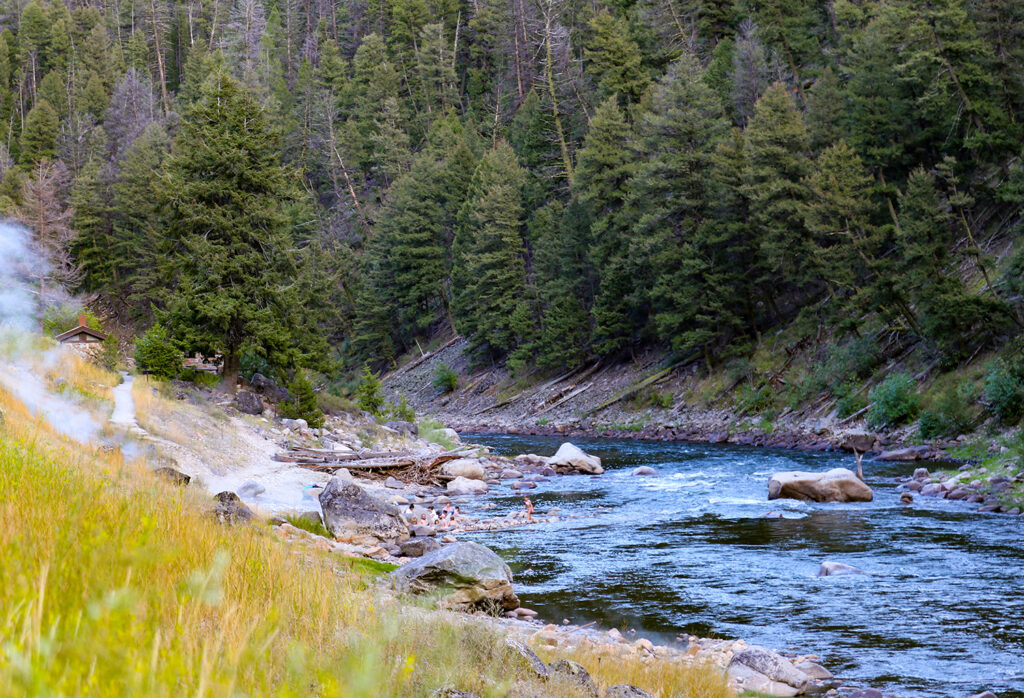
Choosing a Route
It’s important to pay close attention to the route you plan to take, and understand some of the important factors you should consider in choosing a hot spring suitable for late winter or early spring adventure. Obtain a guidebook, like Falcon Guide’s “Hiking Hot Springs in the Pacific Northwest” by Evie Litton and Sally Jackson, and peruse recent trail reports online before attempting any hike.
While considering any of the routes to a hot spring, especially if you plan to be on snowshoes, you may want to avoid river crossings, which could make the remaining miles to the hot spring or your return trip more uncomfortable. Frostbite is much more likely when your extremities are wet. Also generally avoid routes with ropes, ladders or steep rock descents, as the plentiful water vapor surrounding springs can condense and ice build up on them, making these features unduly treacherous. Nothing wrecks a peaceful soak quite like a fall on the way to it, and your fellow soakers don’t want blood in the water.
Routes to many of the popular hot springs, like those off Highway 12 near Missoula, Jerry Johnson, Weir, and Stanley, may be heavily trodden and icy, so bring traction cleats and watch for off-camber turns. Certain routes may have very steep pitches or drop-offs that may be hidden under fresh snow. The best routes may be those with which you have familiarized yourself in the less formidable seasons. As with any shoulder season outdoor endeavor, be aware of the weather forecast, especially regarding snowfall, temperature, approaching storms, and wind chill, all of which may be indicators of enjoyability and risk.
Respecting Early Spring Weather
Bluebird days can be deceptive. Crisp air and brilliant sunshine may lull you into a false sense of security, but remember, late winter and spring weather in the mountains can shift swiftly and prove unforgiving. Always pack extra layers and dry clothing, even if the forecast looks promising. A sudden change in wind or temperature can turn a pleasant outing into a survival situation. Hypothermia is a real threat, especially when combined with the dehydrating effects of a hot spring soak.
While hot springs offer relaxation and rejuvenation, they are also natural environments with inherent risks. Always be aware of your surroundings, and respect the power and preeminence of nature. Carry a first-aid kit and know how to use it. Let someone know your plans and expected return time. Most importantly, use common sense. If a situation feels unsafe, don’t hesitate to turn back. Mountains and their medicinal hot water will be there another day.
Take the time to appreciate the beauty of the serene landscape. The quiet solitude of the forest, accented only by the crunch of snow or grind of trail beneath your feet, the crisp, clean air—these are all part of the magic of a shoulder season hot spring adventure. Keep an eye out for wildlife. You are likely to be serenaded by songbirds, and you might spot deer, elk, coyotes, or even a snowshoe hare.
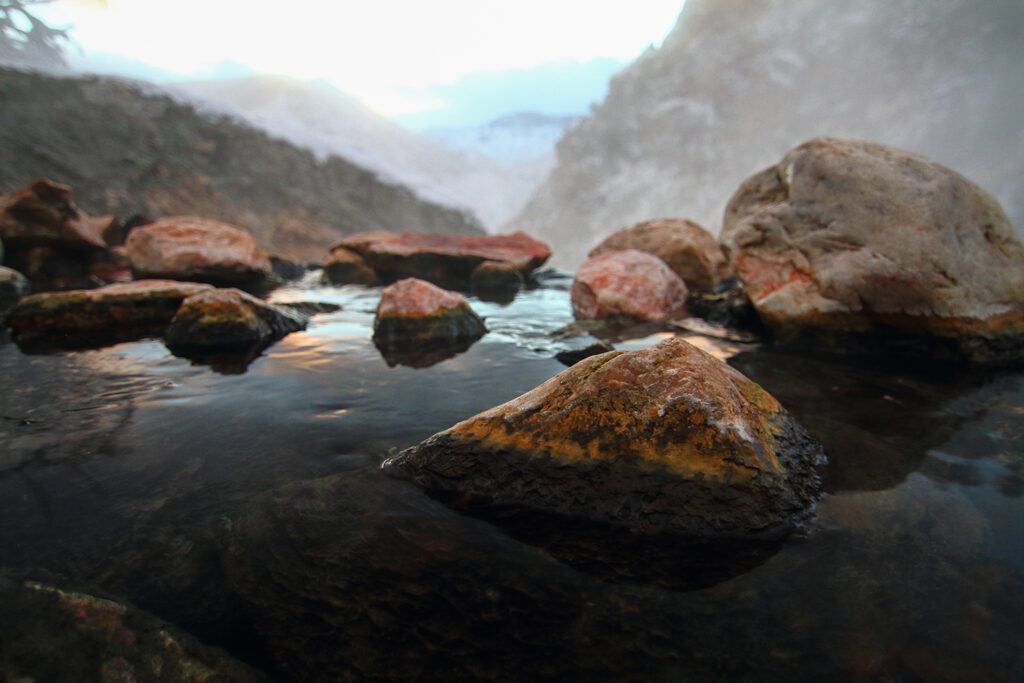
Classic NW Soaks
Umpqua Hot Springs, Oregon: Nestled in the Umpqua National Forest, these springs offer a classic hot spring experience. The moderate 4-mile roundtrip hike is generally manageable for snowshoers with some experience. The trail winds through a beautiful forest, and the reward is a series of cascading pools of varying temperatures. Be aware that Umpqua can get crowded, especially on weekends, so arrive early to secure a spot. The Forest Service maintains the trail, but it’s always wise to check the website for current conditions and any closures.
Breitenbush Hot Springs, Oregon: This clothing-optional retreat requires reservations and offers a rustic, communal experience. Access in winter or early spring typically involves a snowshoe hike of varying length depending on the snowpack and chosen route. The soaking pools are nestled in a beautiful forest setting, and the lack of clothing (if you choose) adds a certain liberating element to the experience. Be sure to check their website for reservation availability and access information.
Goldbug Hot Springs, Idaho: This one is for the more audacious snowshoer or hiker. The trek to Goldbug is longer than some and can be more challenging, especially in deep snow. To those willing to put in extra effort, the reward is commensurate. These natural hot springs are perched on a hillside overlooking the Salmon River, offering breathtaking views. Multiple pools are tiered down the hillside, each with its own unique temperature and character, affording unusual privacy in this popular soaking spot. Be prepared for a strenuous hike and potentially icy conditions, so traction cleats should be packed with or without snowshoes.
Scenic Hot Springs, Washington: As the name suggests, this soak offers stunning views and a truly tranquil experience. Access is via a private trail, and reservations are absolutely essential. The hike is relatively short, but can be steep in places. The hot springs themselves are nestled in a secluded grotto, creating a magical and intimate atmosphere. Because of the limited reservation-only access, Scenic Hot Springs offers a less crowded experience than some of the more popular options. Space is limited to 12 soakers and can be booked months in advance. It’s well worth any wait!
Baker Hot Springs, Washington: For those seeking a shorter and less strenuous adventure, Baker Hot Springs is a great option. The hike to the springs is relatively short and easy, making it suitable for families and those new to snowshoeing. The springs themselves are rustic and undeveloped, offering a more natural and primitive experience. Be aware that this area can be popular with backcountry skiers, so be mindful of their presence and yield accordingly.
Clear Creek Hot Springs, Oregon: Located near the town of Estacada, Clear Creek Hot Springs is another relatively easy-to-access option. The hike is short and the terrain is gentle, making it a good choice for beginners. The springs are located along the Clackamas River, offering a picturesque setting. Be sure to check with the Forest Service regarding access and any potential closures.
Embrace winter, strap on your boots or snowshoes, and embark on a steamy journey to one of the Pacific Northwest’s amazing natural hot springs. There is no more perfect time than the often-inclement spring months to experience the soothing warmth of a natural hot spring with a perfect blend of adventure and tranquility. Your body will thank you for getting off the couch, no matter how good the book.
Justin Skay tends toward mild reclusiveness and hot beverages in the snowy months, but can be found atop two wheels on his beloved fatbike Deebo when the snow is just right.

